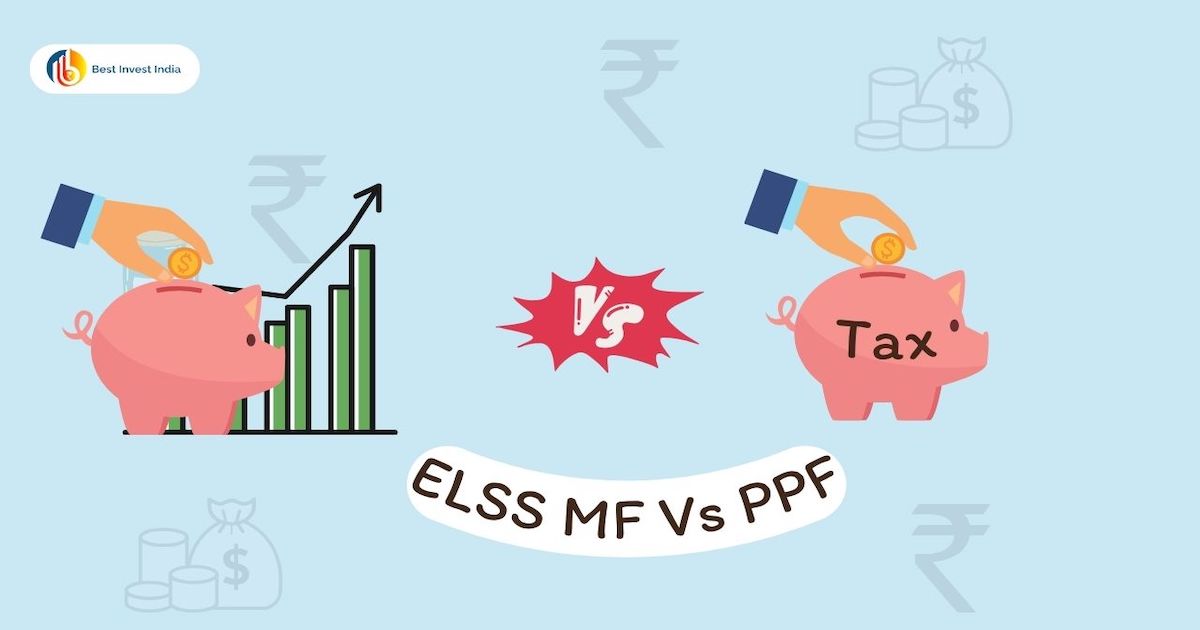Every parent dreams of securing their child’s future—be it higher education, marriage, or financial independence. But with rising inflation and growing education costs, choosing the right financial tool becomes crucial. Two popular options are Child Insurance Plans and Mutual Funds.
While both aim to build a financial cushion and provide financial assistance at key milestones, they serve different purposes. Let’s compare them in detail to help you make an informed decision.
Table of Contents
What is Child Insurance Plan?
A Child Insurance Plan is a combination of insurance and investment. It provides life cover for the parent (policyholder) and ensures the child’s financial needs are met in case of an unfortunate event. The insurer funds the plan even if the parent is not around, providing the child’s education and goals remain on track.
Few such plans are HDFC Life YoungStar Super Premium, ICICI Prudential Smart Kid Solution, SBI Life Smart Scholar Plus, Max Life Future Genius (now Axis Max Life), Bajaj Allianz Young Assure, LIC New Children Money Back Plan, HDFC Life YoungStar Udaan, and LIC Child Career Plan.
Benefits of Child Insurance Plans:
- Guaranteed maturity benefits at a specific age (child’s education or marriage milestones).
- Financial security even if something happens to the parent.
- Disciplined long-term savings.
- Tax benefits under Section 80C and 10(10D).
Limitations:
- Returns are generally moderate compared to market-linked investments.
- Higher costs due to insurance charges.
- Limited flexibility in withdrawing funds ( generally locked)
Popular Child Insurance Plans
1. HDFC Life YoungStar Super Premium
A Unit-Linked Insurance Plan (ULIP) offering flexible premiums, multiple fund options, and a premium waiver if the policyholder passes away—helping parents balance investment growth and protection.
2. ICICI Prudential Smart Kid Solution
This ULIP includes wealth boosters, partial withdrawal options, varied policy terms (10–25 years), and a premium waiver benefit. It’s widely regarded for its long-term flexibility.
3. SBI Life Smart Scholar Plus
Another ULIP-based plan that provides nine fund choices, partial withdrawal facility, and premium waiver benefits. It’s tailored to parents looking for flexible, investment-linked education planning.
4. Max Life Future Genius (now Axis Max Life)
A child savings plan (non-linked) offering guaranteed money-back at key milestones like graduation, along with a premium waiver if the parent dies.
5. Bajaj Allianz Young Assure
A traditional endowment-style policy providing assured returns, customizable payouts, guaranteed bonuses/additions, and some advantages for female policyholders
What are Mutual Funds?
Mutual Funds, especially equity-oriented funds, allow you to invest in a diversified portfolio of stocks and bonds managed by professionals. Over the long term, mutual funds have historically generated higher returns, making them a popular choice for child-related goals.
Benefits of Mutual Funds:
- Potentially higher returns compared to traditional insurance plans.
- Flexibility to invest via SIP (Systematic Investment Plan) or lump sum.
- Liquidity – easy redemption in case of emergencies.
- Wide choice: equity, debt, or hybrid funds depending on risk appetite.
- Power of compounding when started early.
Limitations:
- NO life cover attached ( you need to buy Term insurance)
- Market risk exposure, requiring long-term patience.
- Requires financial discipline to avoid premature withdrawals.
Child-Specific Mutual Funds in India
While parents can invest in any mutual fund to build a corpus for their child’s education, some Asset Management Companies (AMCs) also offer dedicated child-specific mutual funds.
These allow investments in the child’s name and are designed with education and future milestones in mind.
- HDFC Children’s Gift Fund
- Category: Hybrid (Equity-oriented or Debt-oriented options)
- Lock-in: 5 years or until the child attains 18 years (whichever is earlier)
- Goal: Long-term wealth creation for education/marriage.
- ICICI Prudential Child Care Fund (Gift Plan)
- Category: Hybrid – Aggressive option
- Lock-in: Till the child attains 18 years of age
- Goal: Long-term growth with equity exposure, ideal for higher education planning.
- UTI CCF – Investment Plan (UTI Children’s Career Fund)
- Category: Hybrid – Equity-oriented
- Lock-in: 5 years or till the child turns 18, whichever is earlier
- Goal: Supports systematic investments for future educational needs.
- Axis Children’s Gift Fund
- Category: Hybrid Fund (Wealth plan & Income plan options)
- Lock-in: 5 years or until the child turns 18
- Goal: Balances wealth creation and stability, depending on the chosen plan.
Child Insurance vs Mutual Fund – Key Comparison
Child Insurance Plans are sold as a combination plan that provides protection, savings, tax deduction under section 80C and tax-free maturities. While Mutual Funds only provide high returns in long run.
Let’s understand it with an example; Let’s say Bestii bought a child insurance plan paying Rs 1 lac as annual premium for 15 years and a mutual fund scheme.
Investment in child Insurance Plan
- Investment: Rs 1,00,000 per year
- Tenure: Let’s assume 15 years (a typical child goal horizon)
- Returns (net of charges): ULIPs generally deliver 8–10% CAGR after factoring in mortality charges, fund management, and policy administration charges.
Estimated maturity at 10% CAGR – 32.5 lakh
At 8% CAGR -28 lakh
Equity Mutual Fund (lumpsum or SIP)
- Investment: Rs 1,00,000 per year (can be invested as yearly lump sum or SIP of ~8,333/month)
- Returns: Well-performing diversified equity mutual funds have historically delivered 11–14% CAGR in the long term.
Estimated maturity at 12% CAGR -40 lakh
At 14% CAGR -46 lakh
| Aspect | Child Insurance Plan | Mutual Fund Investment |
|---|---|---|
| Primary Purpose | Protection & Savings (insurance and investment combo) | Wealth Creation (pure investment) |
| Returns | Moderate (4%–6% traditional, 8%–10% ULIPs) | Higher potential (10%–14% equity in long term) |
| Risk | Low to Moderate (depending on plan type) | Market-linked (high risk, but high reward) |
| Life Cover | Yes (child gets benefit even if parent is not around) | No (requires separate term insurance) |
| Flexibility | Rigid, fixed tenure and payout milestones | Highly flexible (SIP, lump sum, redeem anytime) |
| Liquidity | Limited – withdrawals restricted before maturity | High – can redeem units anytime (except ELSS) |
| Tax Benefits | Eligible under Sec 80C & 10(10D) | ELSS offers 80C; other funds taxable as per gains |
| Charges | Higher (mortality, policy admin, fund mgmt charges) | Lower (mainly expense ratio) |
| Best For | Parents seeking financial protection and goal funding | Parents focusing purely on wealth creation |
Important Points to Consider Before Choosing
- Your risk appetite – Are you comfortable with market volatility?
- Your financial discipline – Can you avoid early withdrawals?
- Your child’s future goals – Education at 18? Marriage at 25?
- Your protection needs – Do you have adequate term insurance already?
- Your investment horizon – Long-term investments give the best results.
Conclusion
Both options serve different purposes. If your main concern is financial protection, then Child Insurance Plans or a simple term Plan can act as a safety net.
However, if your goal is wealth creation for your child’s future needs, then Mutual Funds are a more effective tool—provided you also have a separate term insurance policy for protection.
The smart strategy is often to combine both:
- Buy a term plan for adequate life cover.
- Invest in mutual funds via SIP for long-term growth.
This way, you ensure both protection and wealth creation for your child’s secure future.










